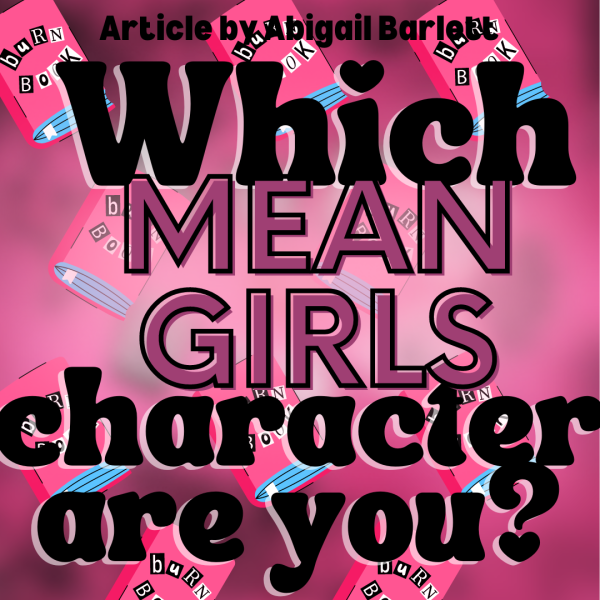Beyond Code Red: We Have a Right to Know
On the afternoon of October 30, students at Enloe High School shared a moment of utter panic as the words “code red lockdown” were spoken over the intercom, blaringly without the anticipated word “drill”. Students in every classroom found themselves wondering, even if only for a brief moment, whether the next few minutes would be their last. In my classroom, the fear perpetuated for almost 45 minutes before my classmates realized that too much time had gone by for the danger to still be imminent. All the while, text messages flew in every direction, spouting things like “the shooter is in the library now” and “I heard something happened in the courtyard.” It wasn’t until an hour and a half into the lockdown that we learned what was really going on.
The Wake County Public School System website states, “If there is an immediate threat to the school, a ‘code red’ lockdown will be issued. Students will be moved into safe areas, and all interior doors will be locked.” This is the closest thing to classification that Wake County offers for code red lockdowns, and the phrasing could mean many things. For many of us, a “code red lockdown” immediately brings to mind nightmarish situations involving school shooters and tragic loss of life. Though this situation two weeks ago (a student shooting another student at a nearby gas station and vanishing into the surrounding neighborhood) certainly warranted a code red lockdown by Wake County’s standards, many students at Enloe immediately assumed the worst when the announcement came over the intercom.
“My first thought? ‘I don’t know where my brother is,’” one Enloe junior remarks. She remembers having no way to get in touch with him and wondering if he was safe. Another student recalls, “I was scared… It’s just been happening a lot in the news recently.” Just yesterday, two students lost their lives in a school shooting in California.
While it is imperative that students take a code red lockdown seriously on any occasion – after all, the purpose of the lockdown procedure is to defend students’ safety at all costs – it’s not ethical for students to be kept in the dark. Students’ lives are on the line, and yet they are left to wonder whether or not they are in imminent danger, cowering under their desks and hoping the doors are locked. Even worse, students are left to get their information from each other through the medium of frantic and irrational texting, their danger potentially multiplying as misinformation and fear take hold.
There is a practical way to prevent the psychological trauma that takes place when students are left without information during a code red lockdown: a separate “code black” used to denote active-shooter-in-the-building situations. This distinction would allow students to better manage their safety by understanding their situation in more detail.
Of course, the immediate counterargument springs to mind that if a “code black” lockdown classification existed, students would take the words “code red lockdown” less seriously, thereby jeopardizing their safety. But the crushing reality is that the words “code red lockdown” will soon be taken less seriously anyway as students realize that not every “code red” means their lives are in direct peril. If “code red” is used in both shooter-in-the-neighborhood situations and shooter-in-the-building situations, it begins to lose its meaning.
While we are all grateful that no tragedy took place on Enloe campus two weeks ago, the psychological toll the lockdown had on students, who were left in the dark, could have been abated. Students have a right to know more about their safety than “There is an immediate threat to the school”. And as “code red” slowly begins to lose its impact in a world where danger comes knocking much too often, our school system needs to take the right step. “Code black” would improve safety and mental well-being in our schools. The time to implement it is now.
Your donation will support the student journalists of Enloe Magnet High School, allowing us to cover our annual website costs. We are extremely grateful for any contribution, big or small!

Sam is looking forward to another awesome year for the Eagle's Eye, pandemic or not! He loves to go to concerts, festivals, and anyplace there’s live...













